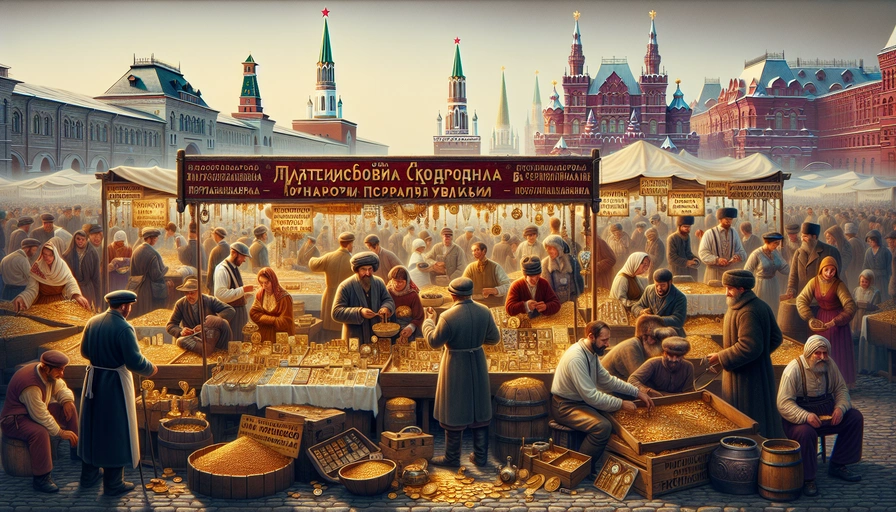The gold trade in Russia has been a topic of significant interest and concern, especially given the current geopolitical climate. Here are some key developments and insights into Russia’s gold trade:
- EU Strengthens Sanctions on Russia After Paris Summit: European leaders have agreed to strengthen sanctions on Russia, which could impact its gold trade. The sanctions are part of broader efforts to pressure Russia to withdraw from Ukraine and comply with international norms.
- Ukraine Licenses Air Defense Production: Ukraine has secured licenses for air defense production, which could indirectly affect Russia’s gold trade by increasing the cost of military engagements and reducing available resources for gold trade.
- US Holds Off on Russia Tariffs Amid Ukraine Peace Talks: The US has decided not to impose tariffs on Russia due to ongoing peace negotiations. This decision could have implications for Russia’s gold trade, as it may provide some economic relief and stability.
- EU Maintains Sanctions on Russia Until Full Ukraine Withdrawal: The European Union has stated that it will not lift sanctions on Russia until there is an unconditional withdrawal of Russian forces from Ukraine. These sanctions include measures that could affect Russia’s ability to trade gold internationally.
- Russia’s Energy Dominance: Sanctions-Proof Market with Friendly Nations: Despite sanctions, Russia claims to maintain a strong position in the global energy market, primarily with friendly countries. This resilience could extend to its gold trade, allowing Russia to continue trading gold with allied nations.
In summary, Russia’s gold trade is heavily influenced by international sanctions and geopolitical developments. The strengthening of sanctions by the EU and the cautious approach of the US in imposing tariffs are key factors that could impact Russia’s ability to trade gold. Additionally, Russia’s ability to maintain strong trade relations with friendly nations may provide some stability to its gold trade amidst these challenges.

